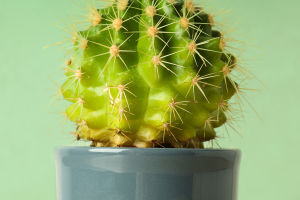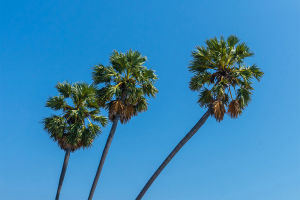The main characteristics of mycorrhizal plants are simple structure, no root, stem, leaves, and other organs, generally not chlorophyll and other pigments.
Fungi do not contain chlorophyll and can not photosynthesize, have no root, stem, and leaf differentiation, no chlorophyll and other light for saprophytic or parasitic life, reproductive organs are mostly unicellular structures, and conidia do not develop into embryos.
Fungi are a huge family and ubiquitous. About 120,000 species of fungi are known, and fungi can be divided into three unrelated organisms: bacteria, mucilage, and fungi.
Fungi live in a wide range of environments; they can live in water, air, soil, animals, and plants.
Common species of fungi include straw mushroom, wood ear, shiitake mushroom, apricot mushroom, flat mushroom, crab mushroom, silver fungus, reishi mushroom, monkey mushroom, etc.
Straw mushroom: Straw mushroom is an important tropical subtropical mushroom, it is a high-temperature mushroom, and the suitable temperature for growth and development varies with the growth stage.
The suitable temperature for germination is 30-40℃, and it generally does not germinate at temperatures higher than 45℃ or lower than 25℃, but the mycelium can grow at a temperature of 10-44℃, and the substrate is 28-32℃ when the substrate is suitable for growth.
Wood fungus: Wood fungus is mainly parasitic on shady and rotten tree trunks, it is a kind of saprophytic mesophilic fungus, and when cultivated artificially, it is usually cultivated with newly cut trees.
The tree is cut into multiple sections, a hole is made in the tree, and then the fungus is planted to provide a suitable growing environment, and when the fungus grows up, it can be marketed and picked for the market.
Golden Needle Mushroom: Golden Needle Mushroom is one of the most commonly used mushrooms in daily use, with a slender shape, delicate taste, and rich nutrients, suitable for the elderly and children.
Ganoderma lucidum: Ganoderma lucidum caps are fan-shaped, kidney-shaped, semi-circular, or roughly circular, with a brown or reddish-brown surface.
Most of them are found in tropical, subtropical, and temperate regions, growing singly, in groups, or in clumps next to the stumps or on the ground between the roots of broad-leaved trees and pine trees of the genus Pinus.
Matsutake: Matsutake has a special clear aroma and fat. It is a valuable wild edible mushroom, and this mushroom is regarded as a precious mushroom in Japan with high nutritional value and special medicinal effects.
Mushrooms are a high-protein, low-fat, low-calorie food, rich in nutrients such as dietary fiber, vitamins, and minerals. Eating more mushrooms helps to improve the immunity and resistance of the body.


